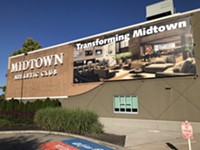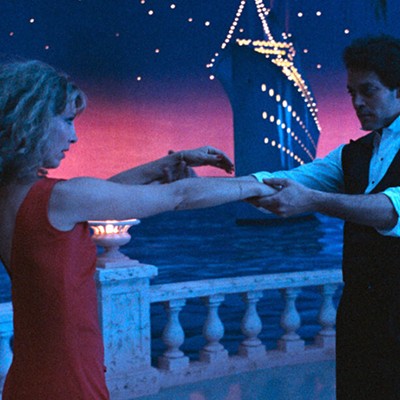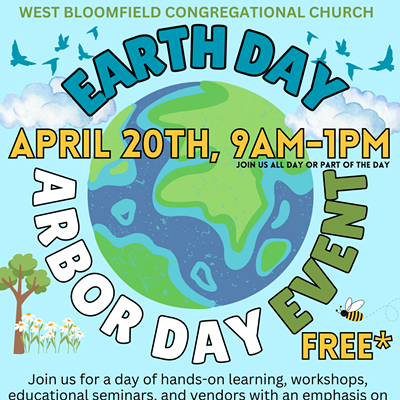[
{
"name": "500x250 Ad",
"insertPoint": "5",
"component": "15667920",
"parentWrapperClass": "",
"requiredCountToDisplay": "1"
}
]
It was an unimaginable storm, obliterating entire GulfCoast communities, destroying much of a beautiful American city, and exposing for all the world the nation's divisions of race and class and income.
Yesterday, the anniversary of Katrina's assault, the New Orleans Times-Picayune recounted some of the horror. A family --- including an elderly woman with Parkinson's disease --- trapped on a disintegrating rooftop, hanging on desperately as the house broke loose from its foundation, a toddler slipping into the water and drowning. A football coach trapped with half a dozen other people in a high school gym, listening to the wind howl and watching the water rise behind them as they climbed up the row of bleachers. A man lashing his mother and daughter to trees with coaxial cable, to help them withstand the wind's force.
Katrina killed nearly 1500 people in Louisiana. Much of the population of New Orleans fled, and more than half has not returned. And a year later, the suffering continues. According to Brookings Institution reports released this week, some 278,000 workers are "still displaced by the storm"; 23 percent are unemployed. Rents in New Orleans have gone up 39 percent in the past year. Utilities and transportation systems are "operating at less than half capacity." "The water and sewer system is plagued by leaks, causing power outages and weak water pressure throughout the system."
Much of the billions of dollars the federal government promised for relief hasn't been provided yet. And a Brookings assessment found that much of what has been provided by state and federal governments has gone to "the least-impacted areas."
"Low-income residents and renters have been substantially neglected in the housing response" by federal and state governments, says Brookings. "Nearly half of the damaged homes in the flooded areas of the New Orleans region were apartments, yet the bulk of the housing response has been aimed at homeowners."
Some of the help has been in the form of temporary homes provided by FEMA, and tens of thousands of people are living --- still --- in those most vulnerable shelters in a storm: trailers.
The cause of all this suffering is a major hurricane, abetted by mistakes and inaction by the Army Corps of Engineers, years of development that eroded protective wetlands, errors and stupidity by government officials, and, yes, very likely global warming.
The Times-Picayune had warned repeatedly that its city was at great risk. The warnings were ignored.
And now? Yesterday in New Orleans, President Bush promised that he and his administration will provide the help the city needs. He has promised that before. New Orleans and the other Katrina communities are still waiting.
The people of the GulfCoast can not recover by themselves, nor should they be expected to. The area is more than a popular tourist attraction. It is an important port, serving much of the nation. And --- like the victims of the Indian Ocean tsunami --- the residents of the GulfCoast are our kin. They have been in desperate need, for a full year.
A Gannett News Service column yesterday moaned about the media's fascination with the anniversaries of disasters like Katrina. But anniversaries are important, and they are as important for tragedies as they are for the happy events of our lives. Without them, it is too easy to get caught up in the day-to-day routine and demands of our lives.
We can not forget about Katrina.
Speaking of Hurricane Katrina, New Orleans Recovery Efforts
-
The XX Files 10.12.05
Oct 12, 2005 -

The XX Files 9.14.05
Sep 14, 2005 -
Reader Feedback 9.14.05
Sep 14, 2005 - More »
Latest in Columns
More by Mary Anna Towler
-
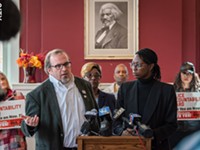
Police reform: advocates on what should come next
Oct 22, 2019 -

Court clears the way for Police Accountability referendum
Oct 17, 2019 -
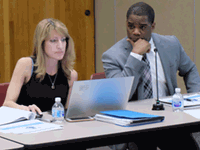
Dade outlines initial actions on district deficit
Oct 9, 2019 - More »


